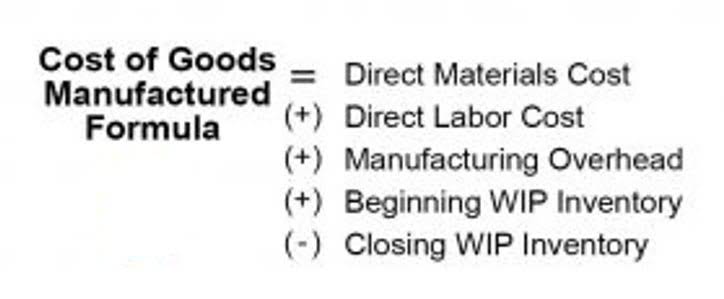Content

The concept behind it is that everything the business has came from somewhere — either a third party, such as a lender, or an owner, such as a stockholder. Every dollar that a business holds is attributed to a third party or an owner. For example, if your company has a sizable social media following, you might use this calculator to arrive at a number to attribute to your asset.
For a sole proprietorship or partnership, equity is usually called “owners equity” on the balance sheet. Bookkeeping for small businesses involves preparing financial statements and filing taxes. Shareholders What is the Difference Between Bookkeeping and Accounting equity in the accounting equation is included as part of the total equity value. In other words, the total amount of all assets will always equal the sum of liabilities and shareholders’ equity.
What are 5 examples of liabilities?
Monies owed to the company which contains interest payments in addition to the main balance are notes receivable. Accounts receivable is an asset account that comprises money owed to the company by its clients. Prepaid expenses are payments made in advance for products or services such as insurance, electricity, cable tv, and internet. With a more conservative view at Acme Manufacturing’s operating liquidity, there is definitely enough cash and liquid assets to cover short term debts.
Every account in the company books that records transactions usually falls under either of these three categories. As such, adequate and proper record-keeping is the bedrock of having a statement of financial position that is devoid of errors and provides the right information about a company’s financial standing. The income and retained earnings of the accounting equation is also an essential component in computing, understanding, and analyzing a firm’s income statement.
Company worth
If your accounting software is rounding to the nearest dollar or thousand dollars, the rounding function may result in a presentation that appears to be unbalanced. This is merely a rounding issue – there is not actually a flaw in the underlying accounting equation. Tangible assets are physical objects that can be touched, like vehicles and equipment.

Either way, the business owner needs to take action to minimize liabilities and increase assets. The contractor starts with a basic foundation and keeps building on that. It starts with a basic accounting equation, and before you know it, more concepts are being added. Non-current or long-term liabilities generally require over a fiscal year for repayment.
Bankrate
The money that is paid out of a company for items necessary for daily operation is called expenses. The money that’s paid to investors as a return on their investment is called dividends. When you add those three accounting classifications to the basic accounting equation, you have something called the extended equation. The extended accounting equation is nothing more https://accounting-services.net/small-business-bookkeeping-basics/ than the basic equation with the owner’s equity section broken down into the three categories of revenue, expenses, and dividends. Thus, the accounting formula essentially shows that what the firm owns (its assets) has been purchased with equity and/or liabilities. Assets, liabilities and equity are important factors that determine the health of your business.
However, if liabilities are more than assets, you need to look more closely at the company’s ability to pay its debt obligations. Liabilities are amounts of money that the company owes to others. Sometimes, liabilities are called obligations — the company has an obligation to make payments on loans or mortgages, or they risk damage to their credit and business. Ultimately, the accounting equation is balancing total assets with the sum equity and liability, equity being a positive and liabilities being a negative. It is important to pay close attention to the balance between liabilities and equity.
Liabilities
This statement reflects profits and losses that are themselves determined by the calculations that make up the basic accounting equation. In other words, this equation allows businesses to determine revenue as well as prepare a statement of retained earnings. This then allows them to predict future profit trends and adjust business practices accordingly. Thus, the accounting equation is an essential step in determining company profitability. Assets are what a business owns, and liabilities are what a business owes. Both are listed on a company’s balance sheet, a financial statement that shows a company’s financial health.
- If the ratio is 1 or higher, the company has enough cash and liquid assets to cover its short-term debt obligations.
- Being an inherently negative term, Michael is not thrilled with this description.
- Barbara was glad that she could not only pay her bills but also give her investors a small return on their investments.
- In the case of our sample Acme Manufacturing’s Balance Sheet, it appears that their financial health is in good standing.
- However, equity can also be thought of as investments into the company either by founders, owners, public shareholders, or by customers buying products leading to higher revenue.
The shareholders’ equity section tends to increase for larger businesses, since lenders want to see a large investment in a business before they will lend significant funds to an organization. Liabilities are found on the right side or lower half of a balance sheet. A common small business liability is accounts payable, or money owed to suppliers.
